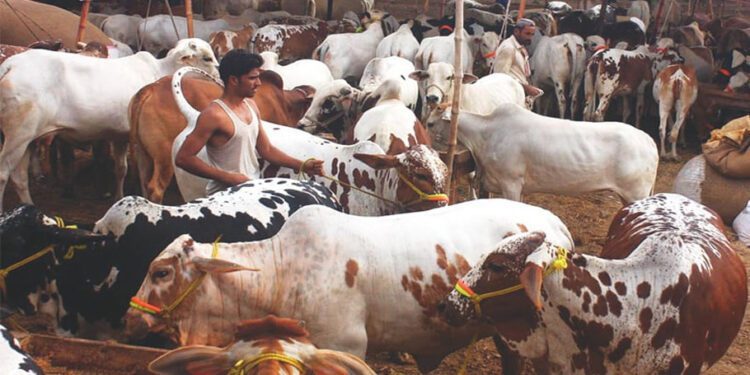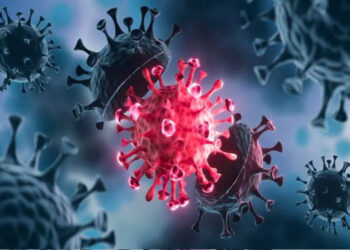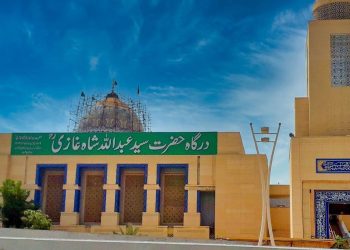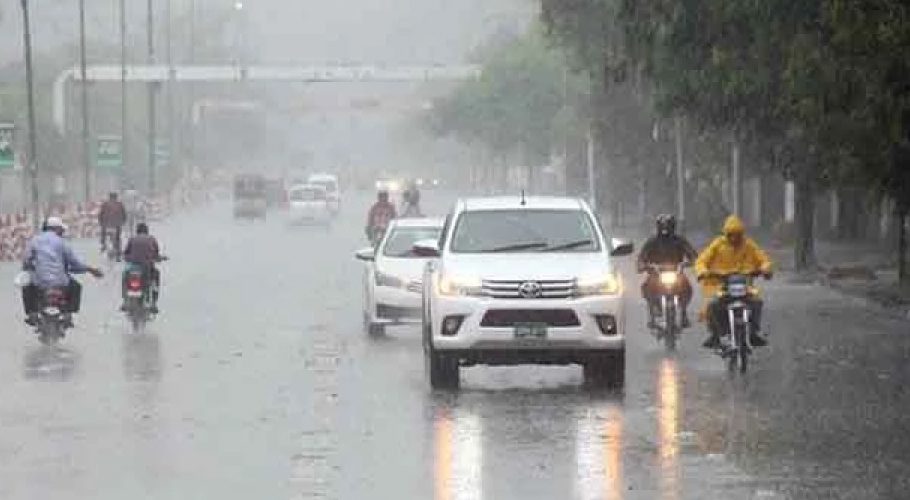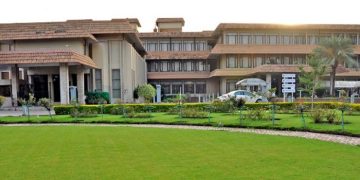Shabir Dar, the spokesperson for the Karachi Dairy Cattle Farms Association, reported a devastating impact of the recent intense heatwave, which has resulted in the death of over 150 animals within just three days.
This alarming situation has also negatively influenced milk production in Karachi, as many of the surviving animals have become infected due to the extreme conditions. Dar emphasized that the farmers are incurring significant losses because they cannot access timely treatment for their livestock.
The meteorological conditions are contributing to this crisis, with continental air prevailing over most parts of the country. Additionally, a shallow westerly wave is anticipated to affect the upper regions. The weather forecast indicates that mainly hot and dry conditions will dominate across the country. Nevertheless, there is a possibility of windstorms and thunderstorms with rain at isolated locations, particularly in Gilgit Baltistan, Kashmir, Khyber Pakhtunkhwa, the Potohar region, and northeast Balochistan.
In recent weather reports, hot and dry weather has been predominant in most areas. However, isolated places in Gilgit-Baltistan, Upper Khyber Pakhtunkhwa, and Barkhan experienced rain accompanied by thunderstorms. Specific rainfall measurements recorded include 10 mm in Bagrote, 4 mm in Bunji, and 2 mm in Gupis within Gilgit Baltistan. In Khyber Pakhtunkhwa, Balakot received 5 mm and Upper Dir recorded 1 mm of rainfall. In Balochistan, Barkhan saw 3 mm of rain.
The highest recorded temperatures today are extremely high, with Turbat reaching a scorching 49°C. Other notable high temperatures include 47°C in Sibbi, Dadu, Chhor, and Shaheed Benazirabad. Additionally, Sakrand, Bhakkar, and Padidan each recorded temperatures of 46°C.
The extreme weather conditions are not only causing immediate losses but also have the potential to lead to long-term impacts on agricultural productivity and the livelihoods of farmers.







